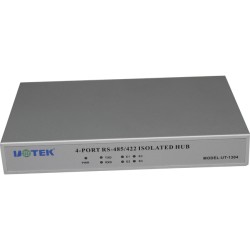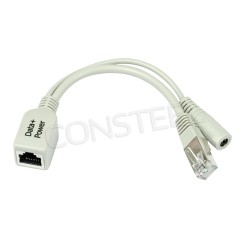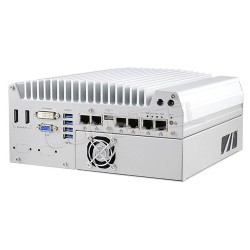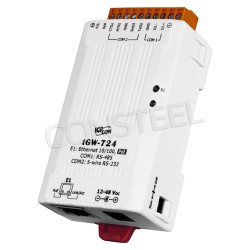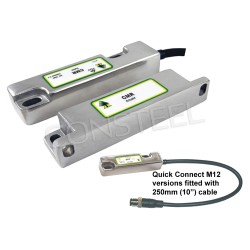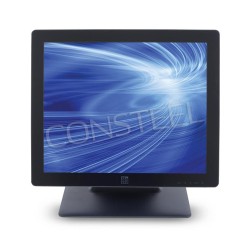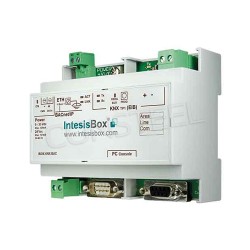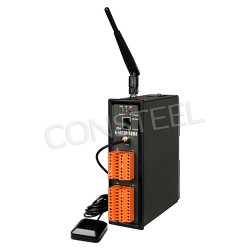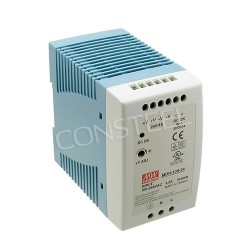Switches for railroad applications with M12 connectors
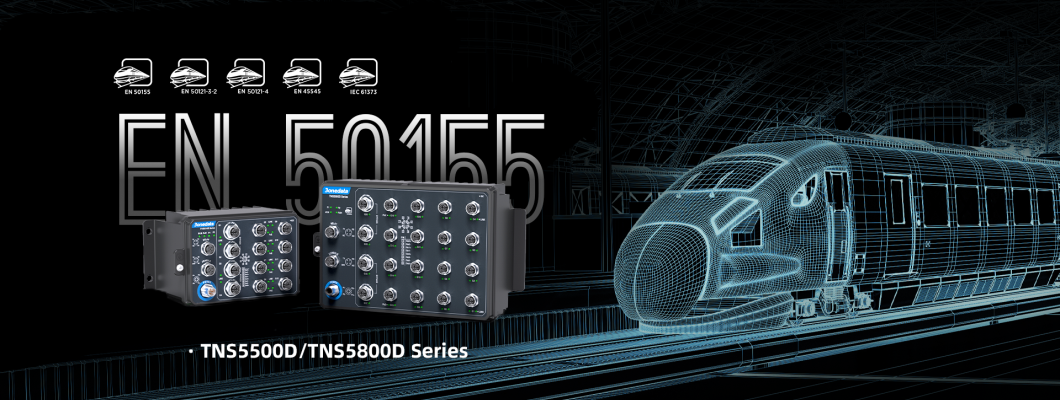
In response to the growing demand for reliable railroad communication networks, 3onedata has launched two series of rugged industrial Ethernet switches that are specifically designed to meet EN50155, the on-board railroad standard for electronic equipment. It covers not only EMC requirements, but industry standards related to shock, vibration, moisture, a wide temperature range and power supply variations.
M12 connectors - rugged vibration-resistant connections
Durable industrial Ethernet switches with M12 connectors and EN50155 standard TNS5500D and TNS5800D series from 3onedata are designed for railroad applications, including rolling stock and roadside installations. The switches use M12 connectors from Phoenix Contact, which provide tight, robust connections and ensure reliable operation in industrial environments where vibration and shock are the order of the day.
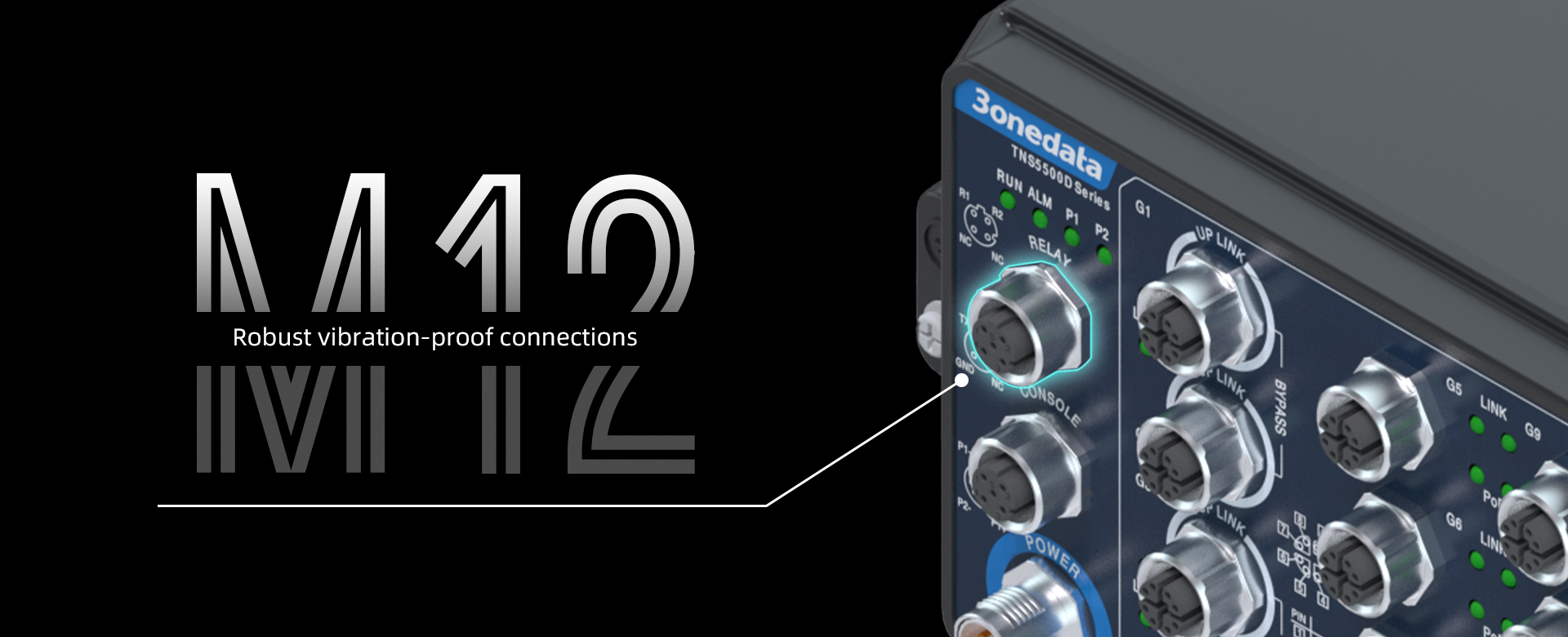
The TNS5800D and TNS5500D series both provide 4 gigabit M12 connectors with a bypass relay function to ensure uninterrupted data communication in case the switch stops working due to a power failure. They also use redundant power supplies to increase the reliability of the communication system, two redundant power supplies work at the same time and support each other. When one power supply shuts down for some reason, the other continues to operate to ensure continuous and stable power input, so there is no downtime at all due to power failure. Switches in this series have a bypass relay function and an isolated dual power input to ensure reliable and uninterrupted railroad communications in rolling stock or mobile vehicles.
What is the Bypass Relay function and dual power input in the TNS5800D and TNS5500D series industrial switches ?
IPv4 is a 32-bit address, while IPv6 is a 128-bit hexadecimal address. IPv6 provides a large address space and includes a simple header compared to IPv4. The TNS5800D and TNS5500D series of EN50155-compliant Ethernet swichs provide dual stack IPv6/IPv4 management, offering better addressing and security for large networks, and helping railroad institutions enter the IPv6 era with the lowest capital expenditure, as network equipment does not need to be replaced or overhauled when an IPv6 network is established. Multicast transmission makes more sense and is more efficient than unicast transmission for some common on-board applications, such as on-board PIS, and can reduce the load on information sources and optimize network resources. The TNS5800D and TNS5500D series support PIM-DM and PIM-SM multicast routing, and use the IGMP snooping protocol to eliminate multicast traffic so that it is routed only to destinations that require such traffic, reducing the amount of Ethernet LAN traffic and improving network transmission performance.
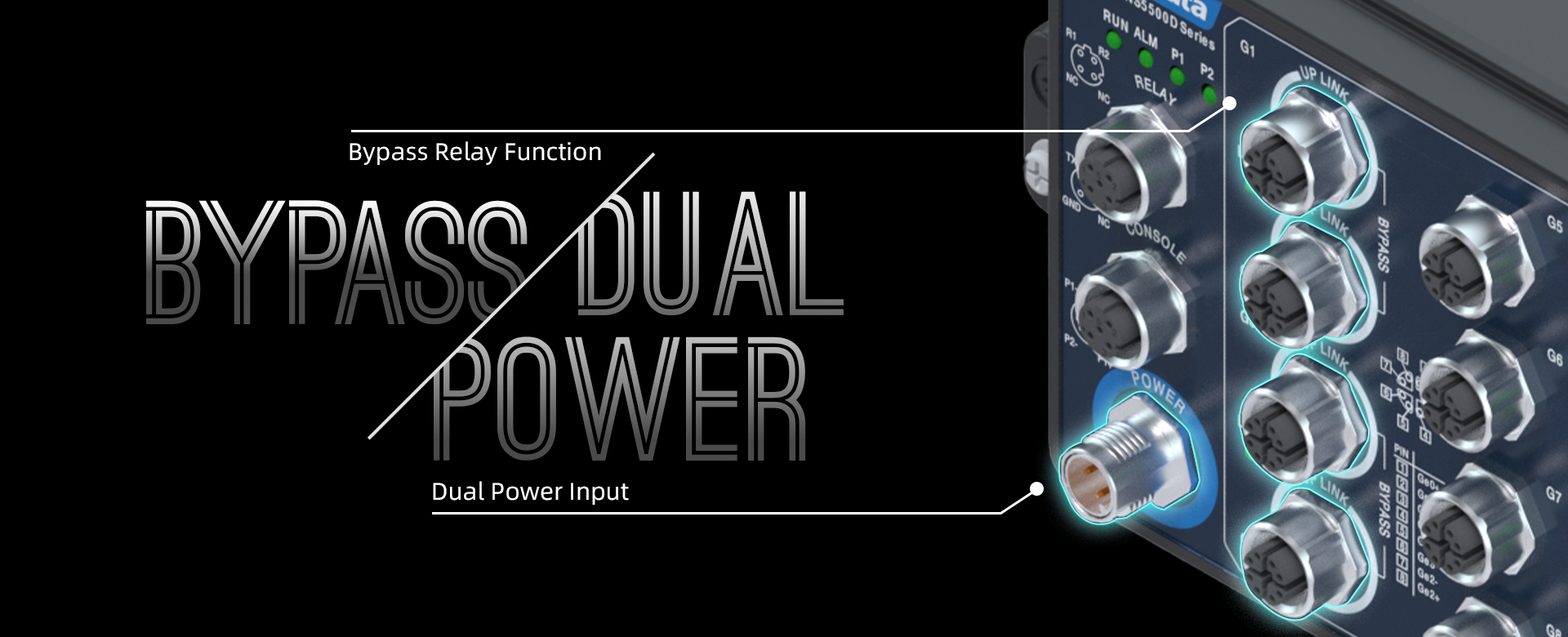
These two series of switches are created and designed with port protection, loop protection and link aggregation. An abnormal port will be disabled automatically to prevent the impact of a single port failure and ensure Ethernet reliability. In addition, the patented Link Aggregation Detecting together with Unidirectional Link Detection (UDLD) can close an invalid aggregation link or disabled port to guarantee stable Ethernet operation. The TNS5800D and TNS5500D series of industrial switches compliant with EN50155 has strong troubleshooting capabilities, supports saving user logs, security logs, diagnostic logs and so on. The maximum memory reaches 10000+ logs, and supports 7-30 days circular coverage, logs can be saved even when the switch is involved in a power failure. In addition, the switch can count and record packets received by its CPU, and can support statistics and records of 42 protocol packets such as routing, ring, multicast and timing, making it convenient for network administrator to trace the source of network failure.
Examples of applications and uses of EN50155 industrial switches
- Passenger Information System (PIS) on the subway
The Passenger Information System (PIS) is an operational tool responsible for providing passengers at stations with real-time information such as expected arrival and departure times and emergency messages. The main goal is to provide passengers with a safe and comfortable journey. In general, the subway's on-board PIS system includes three subsystems: the passenger information display system (PIDS), the public address (PA) system and closed-circuit television (CCTV). PIDS is used to display train diagram and arrival/departure information, PA systems with multiple speakers are widely used to broadcast arrival/departure information and necessary announcements. CCTV also known as video surveillance, is usually IP-based to monitor railcars.
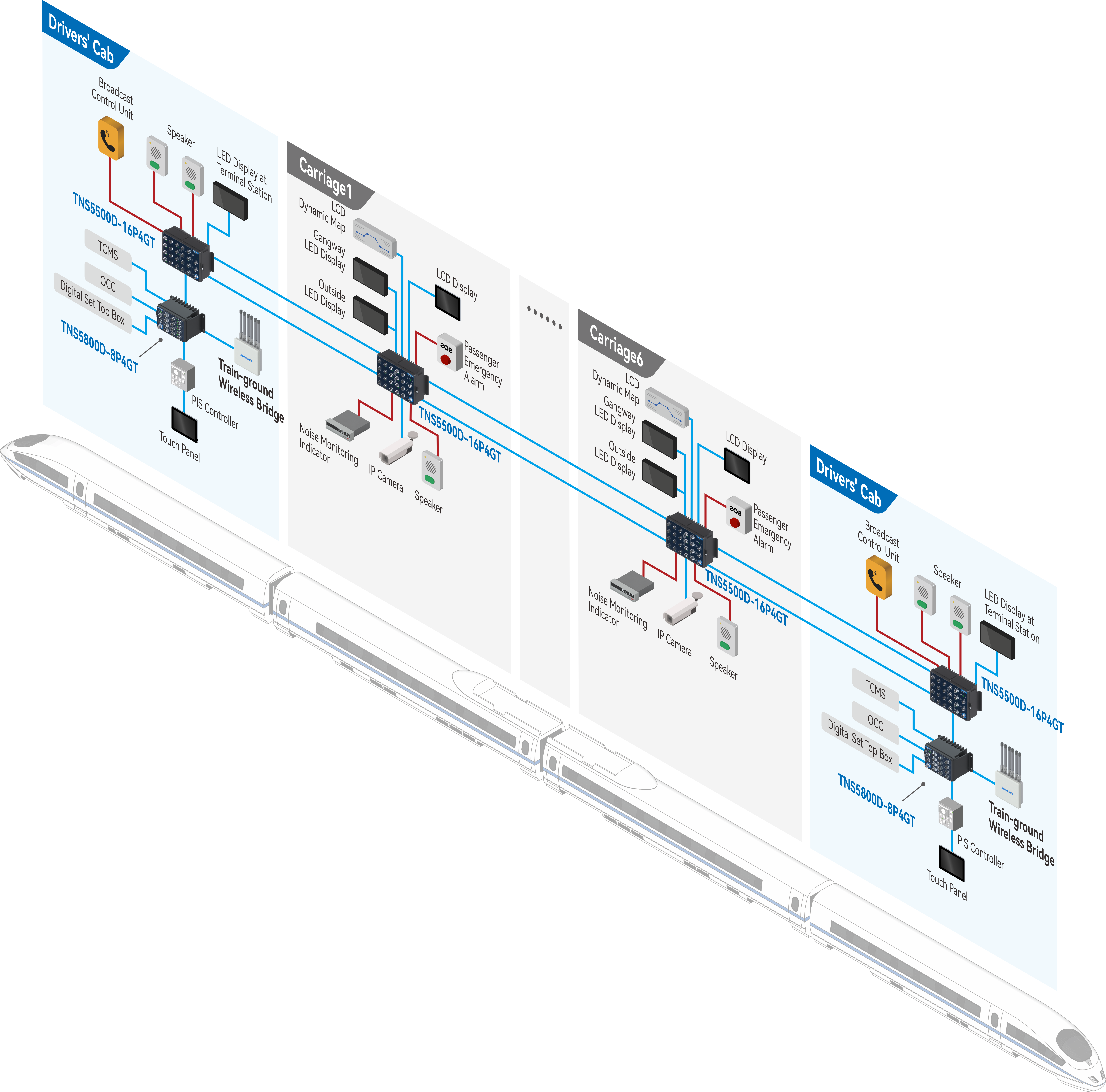
Industrial switches 3onedata's EN50155-compliant switches use M12 connectors to provide tight, robust connections, and can connect LCD displays, cameras, PIS controllers, CCTV controllers and other objects. The TNS5500D series switch is deployed, in each carriage and driver's cab, to use link aggregation to create a redundant link, improving backbone network capacity and achieving network load balance. In addition, the TNS5800D Layer 3 switch is deployed in two train heads, can connect the on-board LAN to the ground network through NAT. PIM-DM/SM multicast routing helps build a multicast distribution tree (MDT) from the terrestrial multicast source to the on-board PIS network. The TNS5500D Layer 2 switch uses IGMP to establish multicast group membership, the LCD display obtains information about ground multicasts and displays a real-time train graph. Compared with unicast transmission, multicast transmission can use bandwidth more efficiently and reduce network congestion or packet loss. Speakers and emergency alarms in the PA subsystem are connected to the on-board PIS controller via a special audio cable. Arrival/departure information is announced automatically, while the emergency message is announced by the driver. The Ethernet switch used in the CCTV subsystem must be equipped with PoE function, the TNS5800D and TNS5500D series switches complying with EN50155 provide up to 30W per PoE port, providing a constant and reliable power source for IP cameras.
- On-board Toll Collection System (FCS)
Compared to the bus, the streetcar has the advantage of greater passenger capacity, and the ticket price is cheaper, the intervals between stops on the streetcar are shorter than on the subway. Combined with the advantages of the bus and subway, the streetcar helps a lot in relieving traffic jams. The streetcar fare collection system (FCS) consists of an IC card data center, route center, ticket terminal, on-board ticket checking machine, etc. Typically, a streetcar has three to five cars, with wired/wireless ticket-checking machines in each car so that passengers can easily make payments.
.png)
3onedata supplies the IAP3600S wireless access point and M12 TNS5500D switch for the streetcar fare collection system. IAP3600S is used to transmit the wireless ticketing data of the entire streetcar, EN50155 switch TNS5500D provides 8 PoE ports that are IEEE 802.3 af/at compliant, with a maximum of 30W per PoE port, this switch can power the IAP3600S through the network cable, greatly reducing points of failure. Besides, the TNS5500D Series Switch can connect terminals such as passenger counting cameras, GPS and on-board controllers, and send FCS data back to the ground network via a 5G wireless bridge.


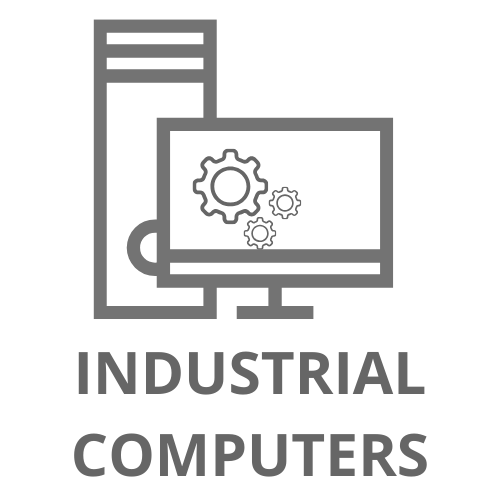
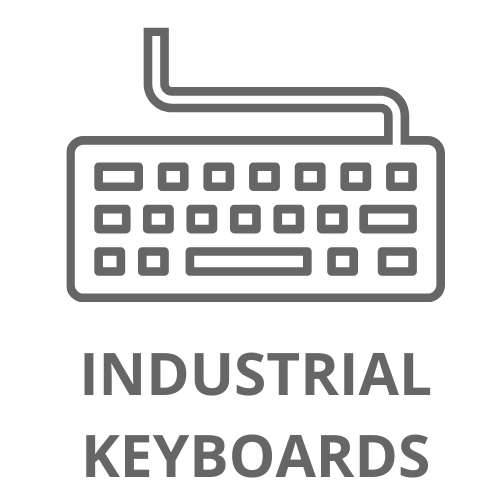

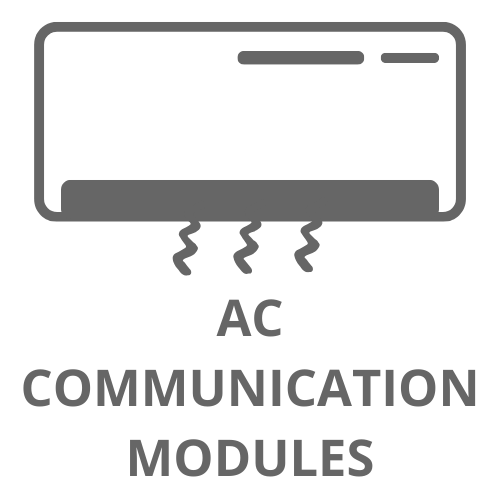
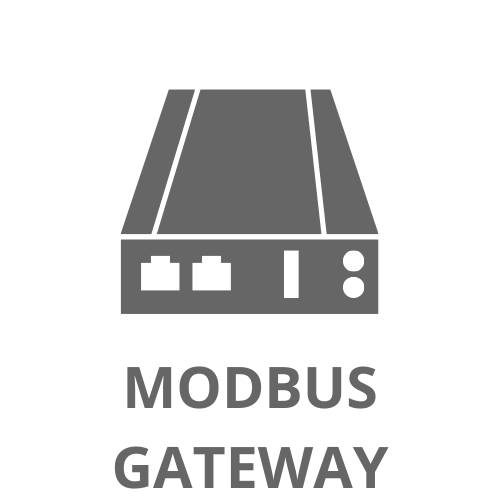
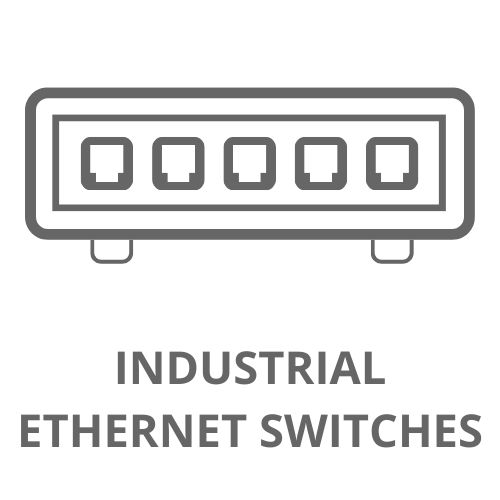

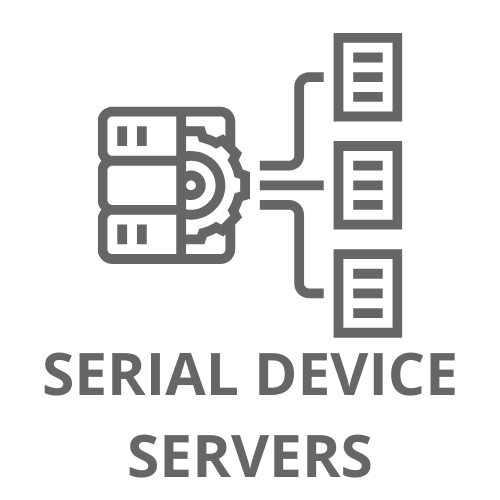
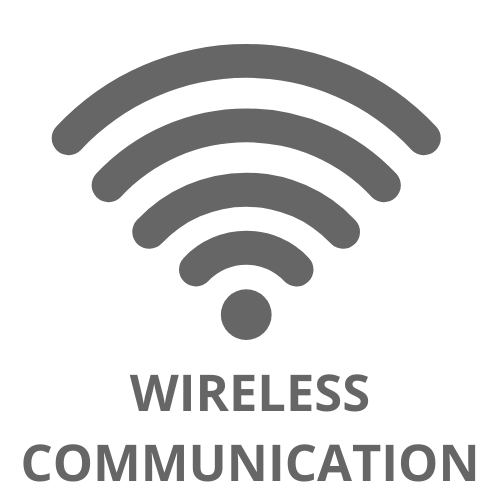


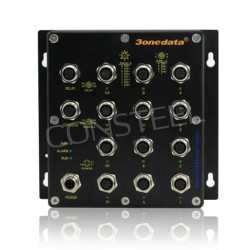

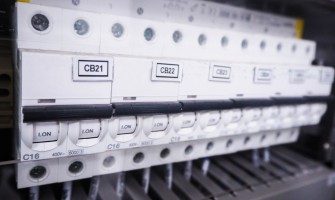
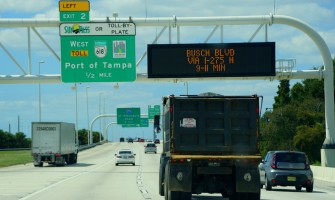




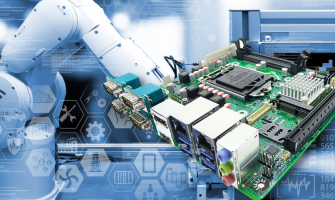
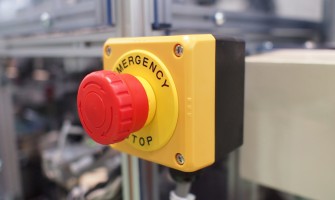

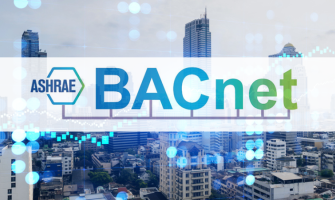
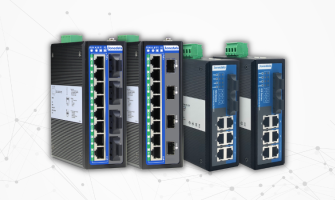
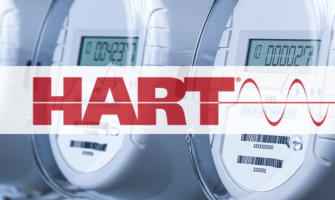
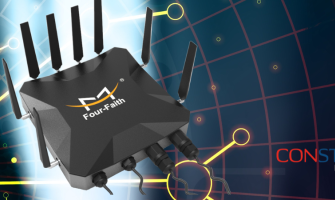
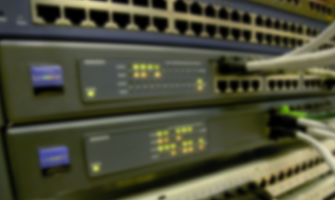
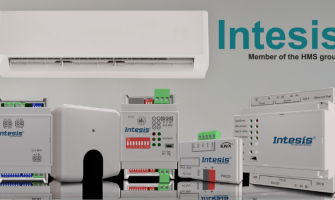





-TB-P1-250x250w.png)
-TB-2-250x250w.png)
